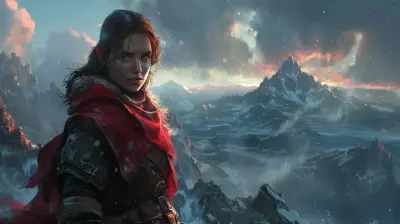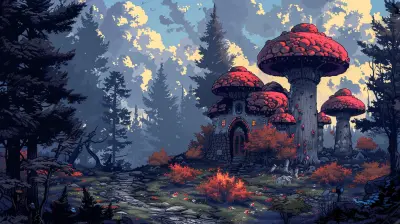The Psychology of Guild Dynamics in MMO Communities
20 June 2025
Massively Multiplayer Online (MMO) games aren't just about loot, raids, or leveling up — they're about people. Real people. And when you toss thousands of players into a virtual world and ask them to work together? You get guilds. These in-game social circles are way more complex than they first appear.
In fact, if you've ever wondered why some guilds thrive while others fall apart faster than a pug raid on a Monday night, you'll need to look beyond game mechanics and dive into the fascinating world of psychology. Yep, we're going there.
Let’s unpack what makes guilds tick, why we cling to them, fall out of love with them, and sometimes, find a second home in them.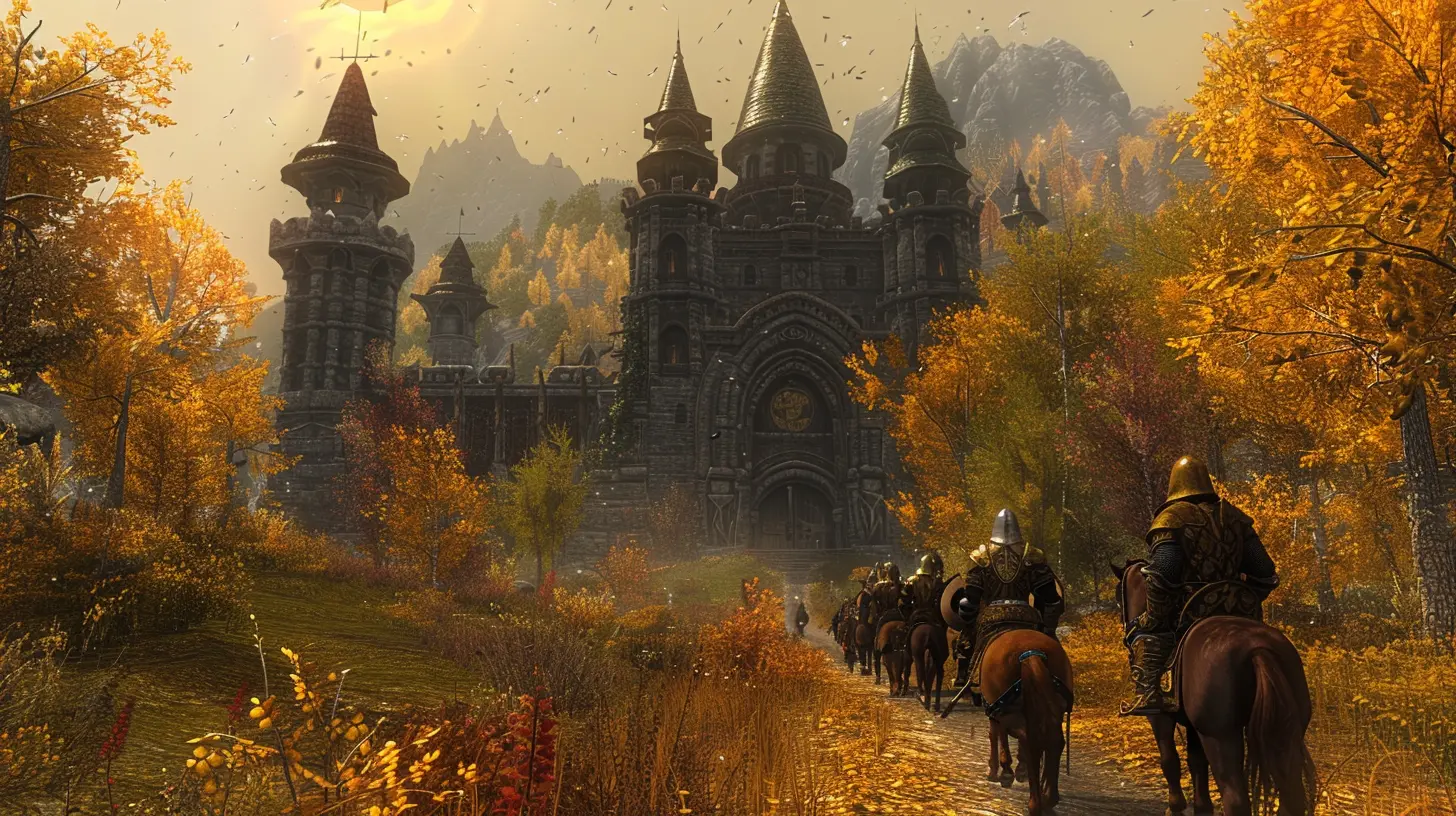
What Are Guilds, Really?
You already know the basic definition: a group of players who come together in an MMO for a shared purpose—be it raiding, PvP, crafting, or just chilling out. But guilds are so much more than just a gameplay feature.Think of them as mini-communities with their own cultures, rules, hierarchies, and social dynamics. They're like digital tribes, each with a unique flavor based on who’s in them and how they operate.
Just like in real life, some guilds feel like families. Others? More like dysfunctional office politics with dragons.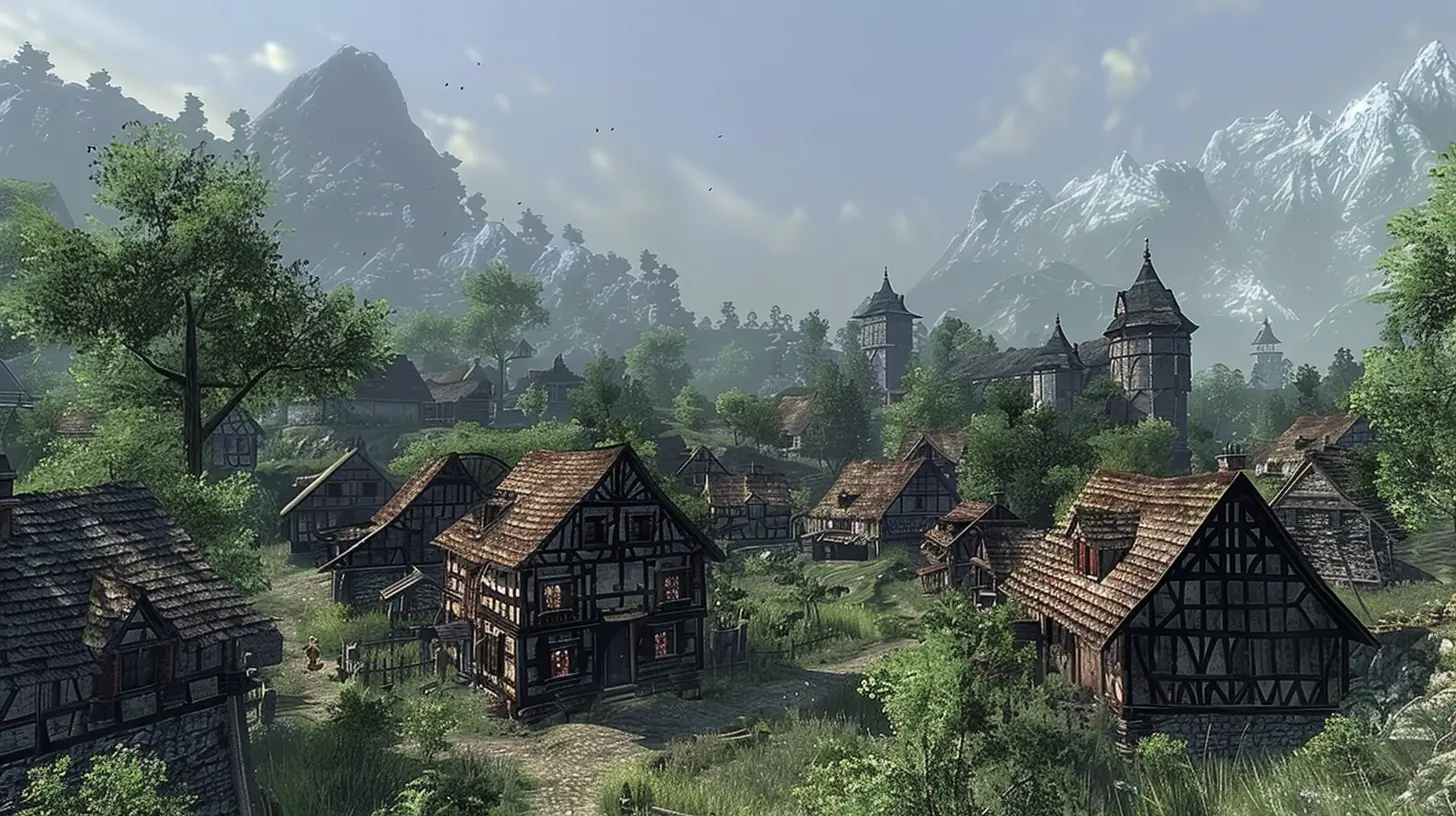
Why Do We Join Guilds in the First Place?
Let’s get real for a second—MMOs are massive, and going solo can feel… well, kinda lonely. Here are a few psychological drives behind guild membership:1. The Need to Belong
Humans are social creatures. Psychologist Abraham Maslow even ranked “belongingness” as one of our basic needs, right after safety. Guilds give us a sense of identity within the game—a virtual place where “everybody knows your name.”Ever notice how tight-knit some guilds get? Inside jokes, Discord memes, shared memories from failed boss pulls—it all reinforces that sense of "us."
2. Shared Goals and Cooperative Play
From downing a raid boss to dominating in large-scale PvP, MMOs reward teamwork. Guilds provide structure to that cooperation. You’re not just playing together; you’re achieving things together.It’s like joining a sports team. You train, strategize, and eventually celebrate that winning kill shot... or cry together in chat after a 3% wipe.
3. Social Identity Theory in Action
This theory says that part of your self-concept comes from the groups you belong to. In MMOs, being part of a high-ranking guild can elevate your status, both in-game and in your own head.Let’s be honest—being in a world-first guild isn’t just cool. It makes you feel like a digital rockstar.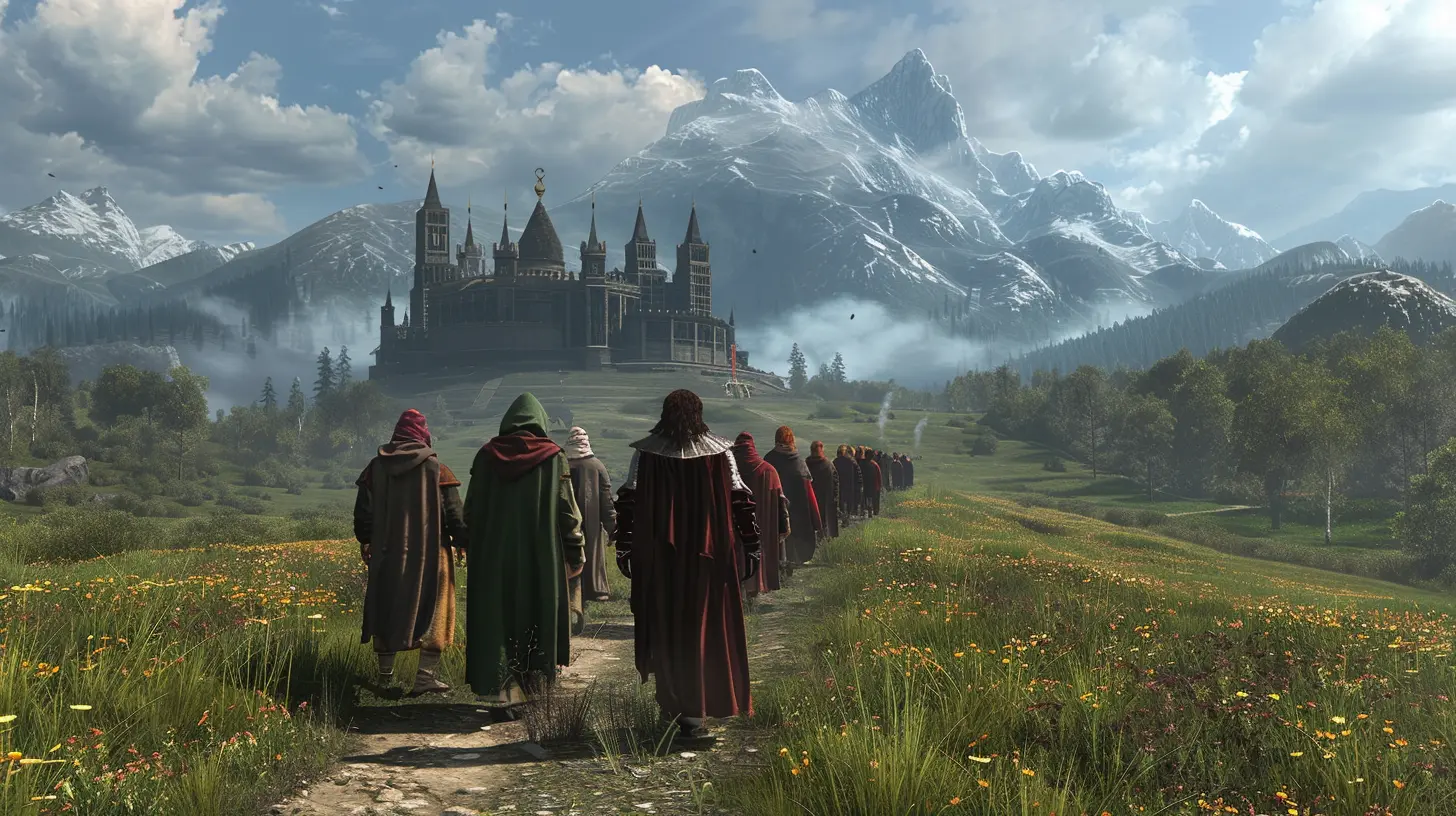
Leadership: The Glue That Holds (or Breaks) a Guild
Guild leaders are more than just people with admin privileges. They’re like camp counselors, middle managers, and sometimes even therapists (bless their souls).Good Leaders Know These Psychological Tricks (Even If They Don’t Realize It)
- Transformational Leadership: Inspiring members to work toward a shared vision.- Transactional Leadership: Rewarding performance with loot, ranks, or shoutouts.
- Laissez-faire Leadership: Hands-off style that works in chill, casual guilds.
Different styles work for different communities. But one thing's for sure—weak or toxic leadership often leads to drama, burnout, and the dreaded /gquit wave.
The Role of Guild Hierarchies
Most guilds have ranks—leaders, officers, members, recruits. These aren’t just labels. They create a structure that mimics real-world social stratification.Why Ranks Matter
- They provide order: Everyone knows who handles what.- They offer motivation: Players strive to climb the ranks.
- They show trust: Promotions often mean you’re viewed as reliable.
But here’s the flip side: Hierarchies can also breed jealousy, power struggles, and cliques. Just like in high school, not everyone gets invited to the cool kids’ table (or the mythic raids).
Communication: The Lifeline of Any Guild
Ever been in a guild where nobody talks? It’s like being in a ghost town.Healthy Guilds Communicate Constantly
- Discord chats full of memes and banter.- Forums and announcement channels to keep everyone looped in.
- In-game chatter that ranges from strategy to “what did you eat for lunch?”
When communication breaks down, misunderstandings snowball, tensions rise, and people start bailing faster than a sinking ship.
Conflict in Guilds – It’s Gonna Happen
Let’s be honest—where there are people, there’s drama. Disagreements over loot, raid spots, or even someone’s edgy mic comment can trigger full-blown conflicts.How Guilds Handle Conflict Shows Their True Colors
- Healthy Conflict Resolution: Open discussions, mediation, and compromise.- Toxic Conflict: Whisper wars, passive-aggressive callouts, rage quits.
Good leaders know how to keep things from spiraling. Great guilds have unspoken (or clearly spelled out) rules about how to handle beef before it grills the whole group.
The Impact of Guild Culture
Culture is the invisible glue that shapes behavior in a guild. It’s the vibe you pick up on within the first few interactions.Types of Guild Cultures
- Hardcore Raiding Culture: Performance-focused, competitive, and intense.- Social/Casual Culture: Chill, inclusive, focused on having fun.
- RP (Roleplay) Culture: Immersive, story-driven, heavy on lore and character.
No culture is inherently better, but mismatches? Yeah, they can be game-breakers. Joining a sweaty min-max guild when you just want to mess around on weekends is a recipe for burnout.
Peer Pressure and Groupthink
Here’s where it gets real psychological.Groupthink Happens When…
- People suppress their opinions to maintain harmony.- Nobody wants to be the “negative one.”
- Risky decisions are made just because the group vibes with it.
Ever joined a raid you knew was doomed, just because everyone else was hyped up? That’s classic groupthink. And yeah, it happens way more often than most of us like to admit.
Burnout and Guild Fatigue
Let’s face it—MMOs can be demanding. Raids. Dailies. Events. And when your guild feels more like a second job than a hobby? That’s burnout territory.Signs of Guild Burnout:
- Core members going AFK “for just a week” (and never returning).- Leaders ghosting.
- More drama than gameplay.
Smart guilds schedule breaks, rotate roles, and know that sometimes, you just need a breather. Treating your guild like a marathon instead of a sprint keeps people around long-term.
The Rise (and Fall) of Guilds
Guilds aren’t forever. Some last for years, spanning multiple games. Others fizzle out after one bad expansion.What Causes Guilds to Die?
- Game content droughts- Internal drama
- Burnout
- Losing core members
On the flip side, new life can also be breathed into an old guild through community events, recruitment drives, or even switching games together.
It’s pretty wild how closely this mirrors real-life friendships and clubs, right?
Cross-Gaming Communities: When Guilds Evolve
Ever followed your guild from WoW to Final Fantasy XIV to Lost Ark? You’re part of a social network that’s outgrown one game.These are true online communities. The bonds formed in guilds go deeper than pixels. People attend weddings, help each other through tough times, and even start businesses together (it happens more than you’d think!)
Final Thoughts: The Human Side of Guilds
At the end of the day, MMOs are built around human interaction. Guilds aren’t just tools for progression — they’re emotional ecosystems. They bring joy, frustration, growth, friendship, even heartbreak.Understanding the psychology behind guild dynamics helps us build stronger, healthier, and way more fun communities in the games we love. So next time someone starts guild drama, maybe don’t just roll your eyes — try looking a bit deeper. You might learn something about the digital tribe you’ve chosen to call home.
And hey, maybe even make it better.
all images in this post were generated using AI tools
Category:
Massively Multiplayer OnlineAuthor:

Luke Baker
Discussion
rate this article
2 comments
Lara Watson
This article insightfully explores how guild dynamics shape player interactions and community cohesion in MMOs, highlighting the psychological factors that drive collaboration, competition, and social identity among gamers.
June 21, 2025 at 4:23 AM

Luke Baker
Thank you for your insightful comment! I'm glad you found the exploration of guild dynamics and their impact on player interactions meaningful.
Xylo Mullen
This article beautifully captures the intricate dynamics of guilds in MMOs. It highlights how our online connections shape friendships and foster true communities. Thank you!
June 20, 2025 at 4:02 PM

Luke Baker
Thank you for your thoughtful comment! I'm glad you enjoyed the article and found it resonant with your experiences in MMOs.
